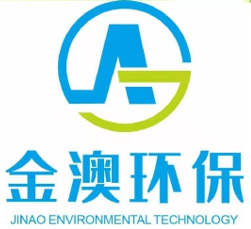The photocatalysis exhaust gas treatment device adopts the technology of purifying the exhaust gas molecular chain with ultraviolet light source, and uses 253.7 nm wave band light to cut, break, burn and split the exhaust gas molecular chain to change the molecular structure, which is the first treatment; The 185nm wave band light is used to catalyze and oxidize the exhaust gas molecules, so that the destroyed molecules or neutrons and atoms are combined with O3, so that the molecular chain of organic or inorganic macromolecular odor compounds is transformed into low molecular compounds such as CO2 and H2O in the process of catalytic oxidation, which is the second treatment; More than 8 kinds of corresponding inert catalysts are configured according to different exhaust gas components. The catalyst uses honeycomb metal mesh as the carrier and contacts with the light source in an all-round way. The inert catalyst has a catalytic reaction below the 338 nm light source, amplifying the effect of the light source by 10-30 times, making it fully react with the exhaust gas, shortening the contact time between the exhaust gas and the light source, so as to improve the exhaust gas purification efficiency. The catalyst is also similar to plant photosynthesis, The purification effect of the waste gas is the third treatment. The deodorization of the waste gas after the triple treatment can reach more than 99%. The purification and deodorization effect greatly exceeds the emission standard of odor pollutants (gb14554-93) issued by the state in 1993. Volatile organic compounds, referred to as VOC (volatile organic compounds) for short, are usually used as solvents in industrial production and then emitted into the atmosphere. At present, it is widely used in petrochemical industry, printing, artificial leather and electronic components, paint baking and medicine.
Welcome to Guangdong jin'ao Environmental Protection Technology Co., Ltd website!Main business:Waste gas treatment equipment




